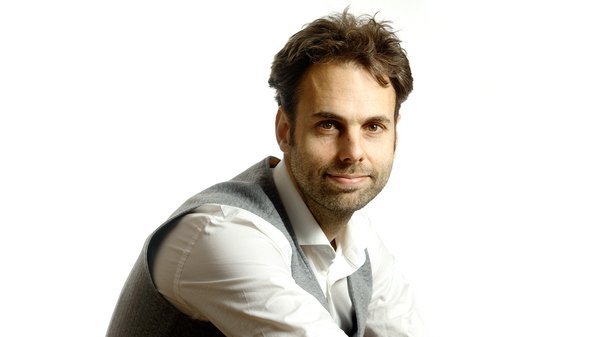Fly like a bird
[Column]
Copying animals can be hazardous to your health.
Consider the advent of aviation. Dreamers and daredevils who wanted to fly looked at birds for inspiration. How do birds manage to fly? Feathers: we can get hold of those. Shape of the wing: we can copy that. Flapping of wings: we can do that too!
So there they went, self-made wings strapped to their arms. According to tradition, for example, the Portuguese João de Almeida Torto jumped from the cathedral in Viseu, a city southeast of Porto, wearing self-made wings. His wife had her misgivings at the prospect and had her husband draw up his will beforehand to secure her future. With the assembled crowd watching on, Torto jumped from the roof of the cathedral, an eagle-shaped helmet askew on his head, and died shortly afterwards from injuries sustained during the fall.
Draw inspiration from nature, but don’t try to copy it exactly – in the centuries that followed, this became an important design principle for builders of aircraft. Take the Wright Brothers’ first motorised flight on the beach at Kitty Hawk in 1903, for example.
These daredevils, originally bicycle mechanics, certainly looked carefully at nature, for example at how birds change course by adapting the shape of their wings.
However, the Wright Flyer most certainly was not a copy of a dove or an eagle. To achieve extra lift without large, unwieldy wings, the brothers chose to build a double decker. Speed was derived not from jumping of a church steeple, but from a motor and propellers.
Nice touch: in tribute to that historic flight, NASA engineers fixed a piece of fabric from the Wright Flyer to the interior of Ingenuity, the small helicopter that this year made the first motorised flight on an extraterrestrial planet. The air there is so thin that the rotor needs to rotate ridiculously fast to generate lift, which requires so much energy that it can only fly very brief stretches before the solar panels need to charge up the battery again.
Interestingly enough, the challenging flying environment on far-away planets makes the flapping wings of the early pioneers of aviation interesting again. NASA engineers have suggested exploring the red planet with a swarm of flapping robot bees, for example. If this ever happens, we should engrave on the backs of the bees the names of those early daredevils who had hoped to become airborne by flapping ‘their’ wings. Rehabilitation for João de Almeida Torto.

Tonie Mudde
Tonie Mudde is the Head of Scientific News at de Volkskrant newspaper. He studied Aerospace Engineering in Delft.(Photo © Sam Rentmeester)